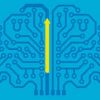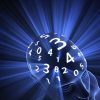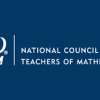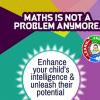- Empty cart.
- Continue Shopping
Maths builds brain muscles
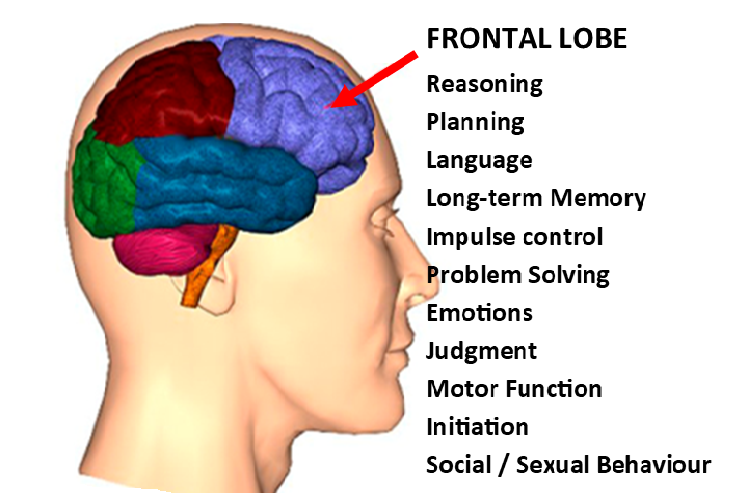
Mental arithmetic bulks up brain muscle far more than any quick-fingered exercise on a PlayStation, according to a Japanese professor. The conclusion: thinking maths takes the brain to places no other activity can reach.
Ryuta Kawashima of Tohuku University, near Sendai in Japan – speaking at a conference at Warwick University – used brain scanners to watch what happened in children’s heads as they played computer games, and as they did simple arithmetical exercises. The idea was to show Nintendo-style video games were stimulating, no doubt so parents could be encouraged to leave the kids glued to PlayStations, in the belief that they would benefit the brain as well as eye-hand coordination.
But experiments such as these call for some kind of comparison. So he set the control children a simple arithmetic exercise called the Kraepelin test, a favourite with psychologists. He told the conference, organised by Kumon Educational UK, that the Nintendo games kept busy the parts of the brain associated with vision and movement. But even simple mathematical operations stimulated activity in both left and right hemispheres of the frontal lobe.
This challenged received wisdom, which reserves the left hemisphere of the brain for methodical stuff like maths, and the right hemisphere for so-called creative thinking. He tested his results both with magnetic resonance imaging, and positron emission tomography, and, he told the Kumon audience, went on to show that addition and subtraction actually did more for growing brains than listening to music or listening to text read aloud.
Prof Kawashima’s findings are not a great surprise to the professionals. “Anyone who has exercised knows that if you want to make a muscle stronger you have to subject it to strain, to push it beyond its comfort level. The brain is no different,” says Keith Devlin, executive director at the centre for the study of language and information at Stanford University, California, and author of The Maths Gene.
Video games are just exercises in the kind of cognitive survival skills honed over millions of years of evolution. They don’t tax the brain that much. Maths is one of the best ways to strengthen a brain, and the Kumon method, according to Prof Devlin, is like having your own personal trainer.
Ian Stewart, director of the mathematics awareness centre at Warwick University, never much cared for the “left hemisphere, right hemisphere” theory. The Kawashima discovery, he says, reinforces the view that mathematics is highly creative: “The research shows that maths is good for all of your brain, not just the parts that other activities cannot reach.”

